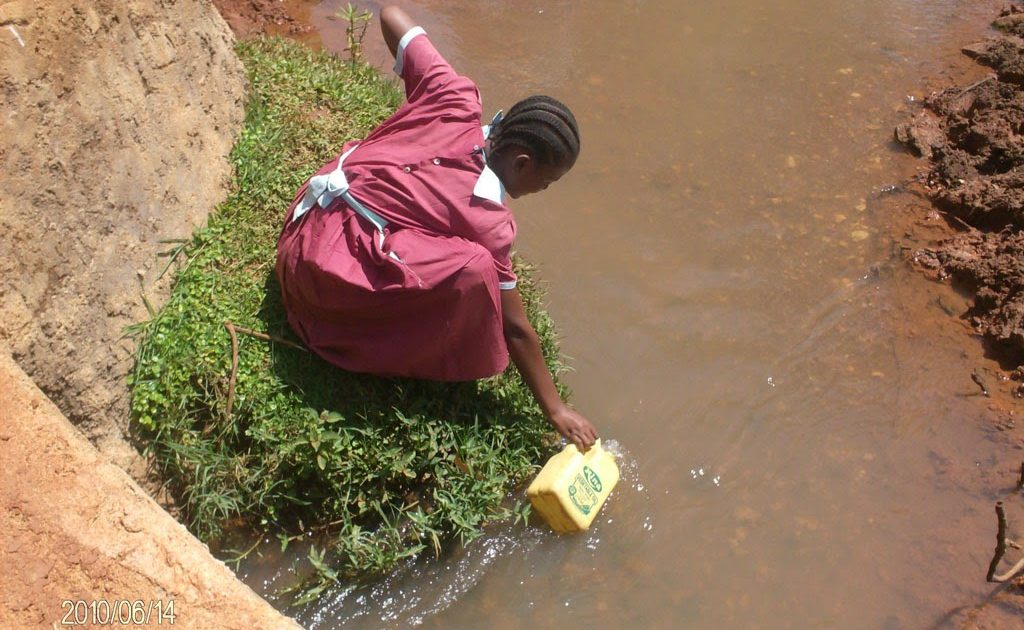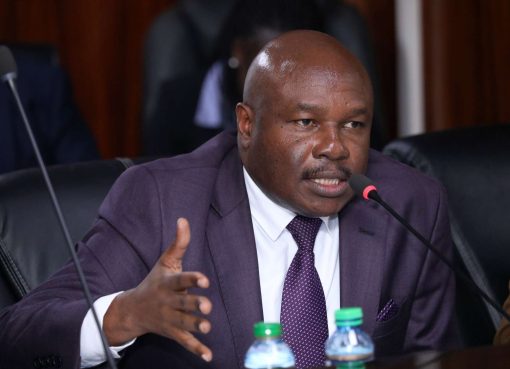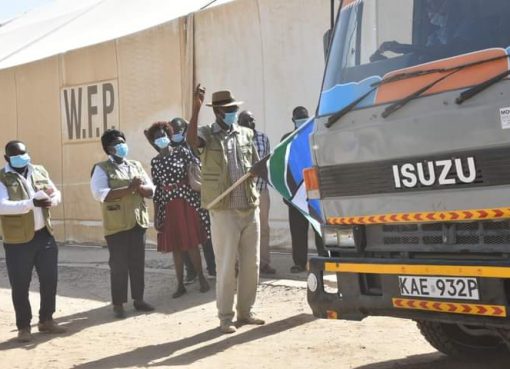As institutions continue to ponder over how to cope with the effects of COVID-19 and embrace the new norm, parents and school administrations of a new school in Kiambaa Sub-county of Kiambu County have their own share of headache.
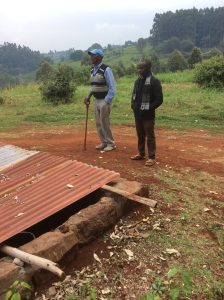
Even before the outbreak of corona virus disease early March, the 160 pupils did not have water at the school and it was synonymous for teachers to escort primary school toddlers in school uniform to fetch the precious commodity from river Gathiera.
The river has been the source of water for the residents of Gatono village for years and now the school too since inception in 2017.
An assessment tour by KNA to the school to check on the preparedness of the school’s reopening after the Covid pandemic yesterday reveals a serious problem which the grade 1 to 4 at Gatono primary school have been experiencing since the community based school began 4 years ago.
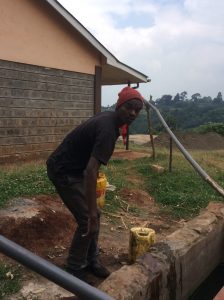
That some parents in urban setups are unhappy that they are being charged for ancillary items like laboratory, internet, transport, accommodation, textbooks etc, at a time when their children are holed up in the homes. It is the opposite for those from the sleepy village bordering Limuru sub-county.
Parents and pupils of Gatono primary school are relieved that they have a school in their neighbourhood.
The parents are happy that their children will no longer be walking long distances to Cianda,Kingothua and Kawaida primary school, the nearest being about 7 km from the village.
The school began with pupils using a two roomed block which initially served as a nursery school for pre-school. It was then that they decided to construct more classrooms to accommodate the pupils as they advanced in their academics.
The contractor who is currently putting up 2 extra classrooms to accommodate grade 5 and 6 had to devise a way through which he harvested rain water into an underground pit which he constructed near the classrooms and directed the gutters from the roof of the classrooms into the pit.
After the water was depleted about 3 months ago, he has been purchasing the water from a water vendor which empties the water into a pit and his workers uses it sparingly as he continues to build the classrooms in readiness of reopening the school. The school has a single stream with about 40 pupils per class. They have no extra rooms for holding some pupils to allow social distancing and their salvation will be provision of hand washing water.
The government has ruled out the opening of the schools in September 2020 and this is a blessing to this community which wants the toddlers in the village to get an education without having to walk long distances that their parents walked when they were growing up.
Peter Njoroge (45) the chairman of the PTA told KNA during the visit that the school was progressing well after it got a new headteacher from Muranga County in 2019.
He praises Mr. Joseph Muiruri as a very hard working headteacher who has helped the young school to be registered and therefore benefit from 15,000 shillings in the 2019/2020 financial year.
He says this money which they have never seen prior to the transfer of Mr.Muiruri was being utilized on the ongoing construction of the classrooms.
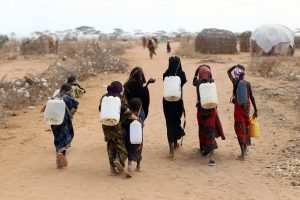
“Our community is very happy with the headteacher of this new school as he is going out of his way to ensure that the school is put on the Kenyan map. “The chairman said during the Saturday tour.
Many parents here including myself suffered a great deal during our primary school era as we walked many kilometers to and from school and when we retired to bed, we were exhausted.
The nearest school to this village is about 7 km and we would walk for about 3 hours to school, and another 3 hours back home so that by the time one arrived home, there was hardly enough time to concentrate on any meaningful homework that the teachers would have given us.We added that they always carried food to school which they ate without warming as there were no microwaves that they could use to warm it then.
If one was lucky to have walked fast back from school, they would not ran away from assisting house chores like going to collect firewood or going to fetch water from the river for the family use, he says.
That is the reason why we are elated as a community and we call upon well-wishers to come to our aid so that our children do not suffer the way we did when we were growing up”he says.
The chairman says if there will be water in the school, the pupils will be able to spend the recommended hours on their academics and will not go fetching the precious commodity from the river as has been the practice.
A village elder Joseph Njoroge Kimani popularly known as “Baba Nana” has been in the forefront of connecting with the politicians among other leaders in terms development says area Member of Parliament Mr. Paul Koinange has been helpful and pioneered the construction work of additional classrooms to the former nursery school.

He observed that the MP has also purchased the plots neighboring the primary school purposely for construction of Gatono secondary school.
The septuagenarian says the village comprises 400 people but has been cut off from development.
He contends that there are no proper roads within the village and that incase anyone fell ill during the night, it is problematic to access the nearest hospital which is about 4 km away. “Otherwise, most people have to travel all the way to Kiambu level 5 hospital for treatment since most of them cannot afford paying for the hospital bills at the Nazareth hospital.
Mr. Njoroge says the village came up after the land which was owned by a white settler was purchased by some indigenous people. They then opted to sell off some 5 acres so as to be able to pay a debt to KPCU so that they could subdivide the land and put up their homes for settlement.
By Lydia Shiloya


